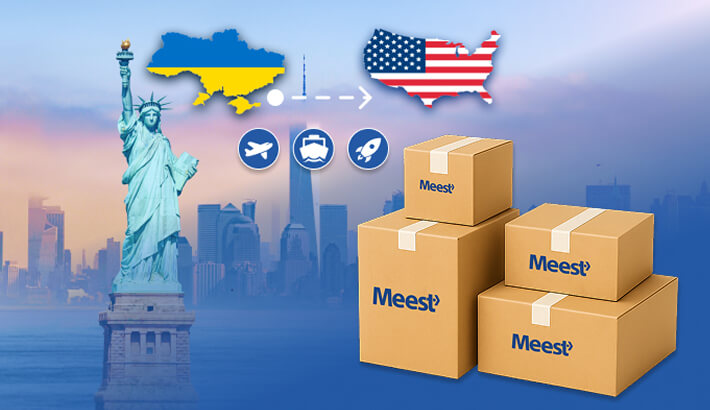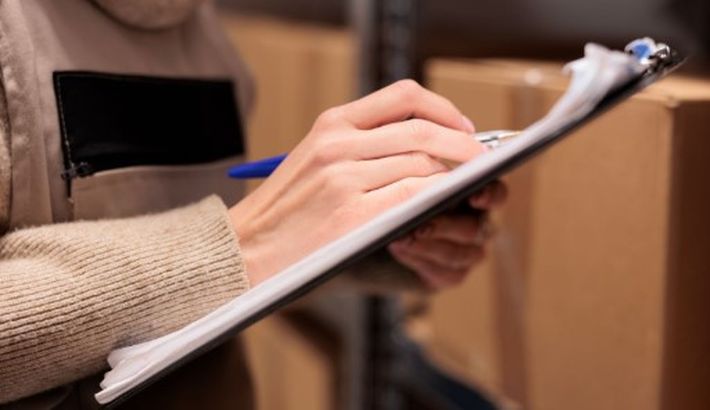


What to Do If Your International Package Is Stuck in Customs
Sending a package abroad is a perfect way to surprise someone with a gift, broaden the horizons of your business, or even make moving easier. But not all packages reach the destination. Some, unfortunately, get stuck in customs, and it’s extremely frustrating.
You have already paid for shipping, the tracking went well, but the parcel is nowhere to be seen. You are already looking up “my international package is stuck in customs” and panicking. Don’t worry: delays are widespread and can usually be resolved very quickly. In this guide, we will explain the most common reasons for your package to get held, help in resolving the issue, and give step-by-step instructions on reducing customs-related problems.
Why Do Packages Get Stuck in Customs?
Your package might be stuck for several reasons, including incorrect paperwork, unpaid taxes, restricted goods, and much more. Customs officers are responsible for tracking these and enforcing certain import rules, which fluctuate depending on the region. Let’s unpack why parcels are held at the border in more detail.
Inaccurate Paperwork
You should always provide complete and accurate documentation with your items when shipping, regardless of whether you are using services like Meest or local post. If your customs declaration is missing, you’ve provided the wrong HTS codes, or the description of your items is too vague, customs officers will hold your package.
Until you provide transparent information and correct documentation, they won’t be able to determine if your items are allowed to pass the border.
Unpaid Fees
Every international package comes with certain financial obligations, including:
- import duties;
- taxes, such as VAT/GST;
- courier handling fees.
If these are not paid prior to the package reaching customs, it might get stuck there until you do. Some carriers charge you once you confirm the shipment. Others require the customs officers to contact the sender or recipient.
Risk-Based Checks
Some customs checks are completely random, but they still take additional time for clearance. They are not triggered by your items or documentation. Rather, these checks are a routine for the officers. They might include looking through your documentation or opening the package for a physical inspection — only a small fraction of parcels is taken at a time.
Restricted Items
Some countries don’t allow certain items across the border, and some items require additional documentation and licensing to pass customs. Medicine, batteries, electronics, food, cosmetics, and more can be held by the officers until you provide permits or completely discarded if they are not allowed to cross.
High Parcel Volume
Packages are always processed more slowly during peak seasons. If you are sending someone a holiday present or shipping orders to customers right before the holidays begin, expect and always account for delays. Even when the paperwork is fine and your items are not restricted, high volume slows everything down.
Depending on the reason, the time for your parcel to be released by customs can vary. Next, we will learn how to approach these situations.
A Step-by-Step Guide to Resolving a Customs Delay
If you experience your international package stuck in customs, don’t panic. There are several steps you should take to resolve the issue:
- Check the courier tracking service for more information on your package. There, you will usually see if it has reached customs and if you need to provide anything else for customs clearance. Take screenshots of the day, time, and status of the parcel.
- Check your email and messages for additional details about the parcel, as courier services like Meest commonly contact the sender or recipient if anything is required. Additionally, check the spam folder. You might need to pay the fees or send documentation.
- Contact the seller if you are the recipient. They must provide customs with the correct paperwork, such as a commercial invoice, to clear customs. Ask the seller what documentation they have already sent.
- Contact the courier or postal service if you are the sender. Courier services typically handle customs themselves. So, they will have all the information you need for the parcel to cross the border. In case you are using traditional postal services, contact the representative and ask about documentation and potential fees.
- Ask the customs authority for further help if the postal or courier services are unable to assist you. Customs officers are up-to-date on any prohibitions, permits, and fees, and will be able to help you by mail, chat, and phone. Collect tracking number, sender and recipient names, invoices, and other information before you reach out.
- Pay fees, such as VAT and duties, if needed. While some courier services collect these from senders in advance, others leave them for customs. So, the sender or recipient might get contacted by the customs office to settle the payment.
- Send additional documentation if your goods are regulated. Some food, plants, electronics, and medication require import permits, since they might be regulated differently overseas. If you fail to provide certification, they will be confiscated and will never reach the recipient.
- Work with a dedicated customs broker to resolve the issue. These experts are trained in working with customs when the shipment is high in value, heavily regulated, or simply important to the sender and the recipient. They can speed up clearance and be your official representative. Yet, remember that customs brokers trigger additional fees.
- Ask for follow-ups and escalate the situation if needed — in some cases, customs can be stubborn. If you have provided all the documentation and paid all fees, yet nothing is happening, ask the carrier for a reference number. Then, contact customs and request a formal inquiry. Make sure you have all communication records on hand.
In most cases, your international package will be released after waiting, paying the fees, or mailing more documentation. But some situations require a more actionable approach.
How to Prevent Your Packages from Getting Stuck in Customs
Preventing your packages from getting held by the customs officers is always easier than dealing with that issue once it happens. If you are sending just a couple of parcels a year or working as a consistent business, remember that providing complete and accurate paperwork is the first and most important step. Describe the items you’re sending in detail and avoid vague words.
Businesses should attach a commercial invoice and values, too. Undervaluation is suspicious and will prompt customs to check what you have inside the boxes. This can result in fines and confiscation.
Before you pack the box and send the parcel, always check the prohibited and regulated items in the country of destination. Some things don’t seem like a big deal, but even simple beauty products, food, and medical items require additional checks and documentation. If you are not sure, work with an experienced courier service like Meest with established systems and processes. This will ensure your packages cross the border in no time without any issues.
Make sure you have the permits if you ship regulated goods, and prepare to process any potential returns. If your items do get rejected, provide the courier services with return instructions, so customs do not confiscate or destroy them.
Frequently Asked Questions (FAQ)
How long can customs hold a package?
There are no certain rules or regulations for all customs nationwide. A package stuck in international transit might be held longer depending on the country of destination, the reasons, and the number of items inside. If it’s held due to a routine check, it takes up to several days. In general, more severe reasons like the lack of details, documentation, or undervaluation can trigger weeks of customs clearance. In case you’re sending parcels during the holidays, clearance will take longer.
How do I contact the customs office directly?
Reach out to the carrier, whether the courier or postal service, and ask for the customs official responsible for your parcel. You can also go to the official government website to contact the customs representatives. Prepare your tracking number, invoice, sender and recipient details, and other helpful information beforehand.
What happens if I don't pay the customs fees?
If the potential fees, like duties and taxes, are not paid, the carrier will often hold the package before returning it. Returns often trigger additional shipping costs and fees.
Can I appeal a customs decision?
Yes, appealing a customs decision is always possible. Most authorities offer the appeal process to their customers, and the process varies based on the situation. Sometimes, you will need legal help when appealing a customs decision.
Conclusion
A parcel stuck in customs is often easy to solve. In most cases, all the sender needs to do is gather tracking info, check for unpaid fees, and send additional documentation, so their package can finally cross the border. In other cases, you might need to hire a customs broker or appeal an official decision.
Preventing it in the first place is the best choice. So, always provide accurate descriptions and values, fill out documentation, and provide permits, if required. This allows all your packages to travel internationally without issues and hold-ups.

















